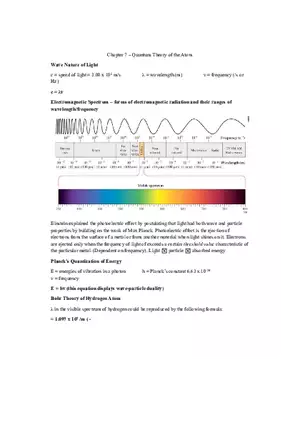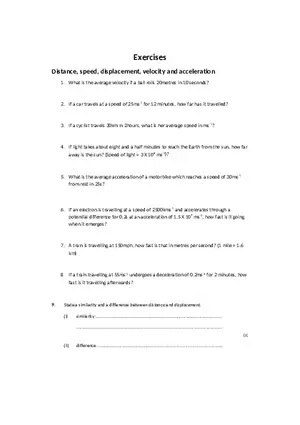Lecture Note
Quantum Mechanical Model of the Atom and Electronic Structure
-
University:
California State University, Northridge -
Course:
PHYS 375 | Quantum Physics I Academic year:
2024
-
Views:
293
Pages:
1
Author:
Alonzo Warren
Related Documents
- Zener Diode Reference Materials
- Latch (Temporary Storage of Bits)
- Set-Reset Flip-Flop
- Delay Flip Flop
- Linear Graded Diode
- Step Graded Diode
- Subtractor Class Notes
- Half Adder Course Materials
- K-Map Tutorial Notes
- Full Adder CKT
- Practical Diode Circuit
- Photo Diode Tutorial Notes
- Gases Practice Test
- Varactor Diode
- Types of Clock Pulse
- T-Flip Flop
- J-K Flip Flop - Physic Note
- Concept of SOP and POS Using Truth Table
- Universal Logic Gate
- Boolean Theorem, Distributive Law, Demorgan's Law and Transposition Theorem
Quantum Mechanical Model of the Atom and Electronic Structure
Report
Tell us what’s wrong with it:
Thanks, got it!
We will moderate it soon!
Report
Tell us what’s wrong with it:
Free up your schedule!
Our EduBirdie Experts Are Here for You 24/7! Just fill out a form and let us know how we can assist you.
Take 5 seconds to unlock
Enter your email below and get instant access to your document


